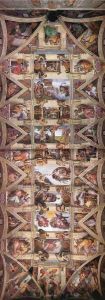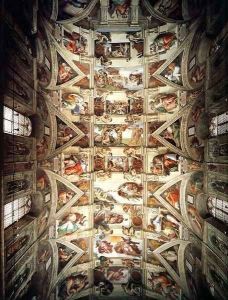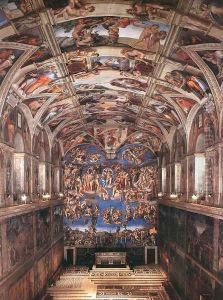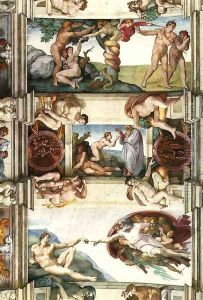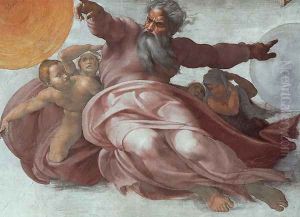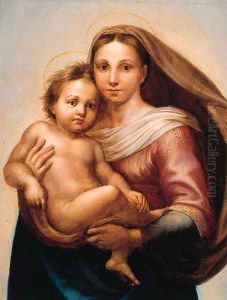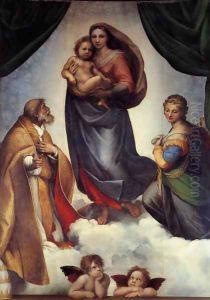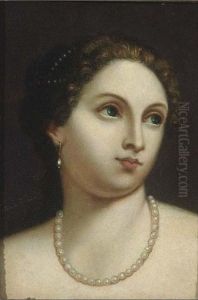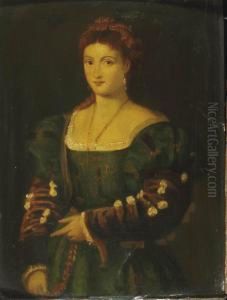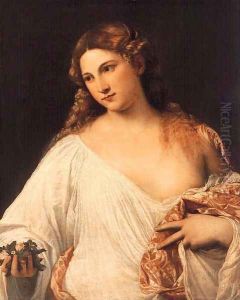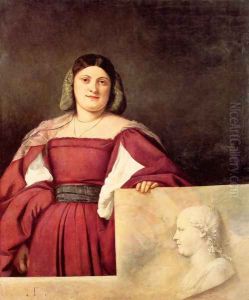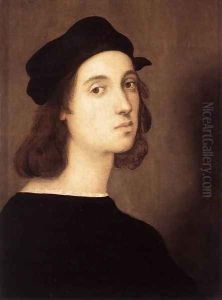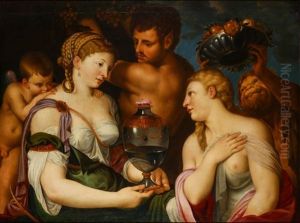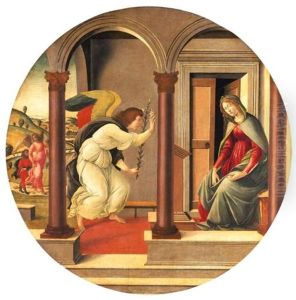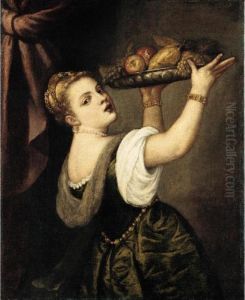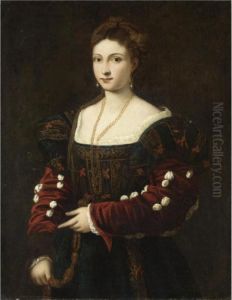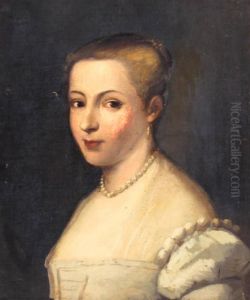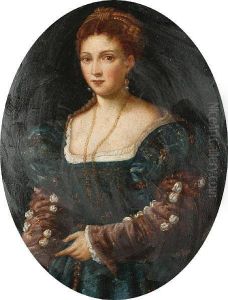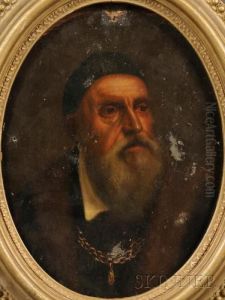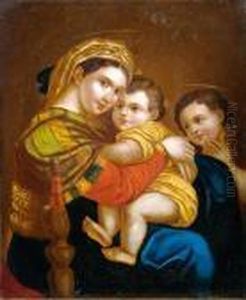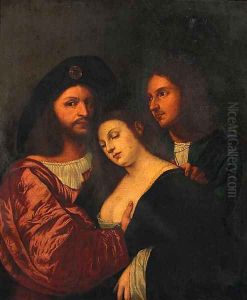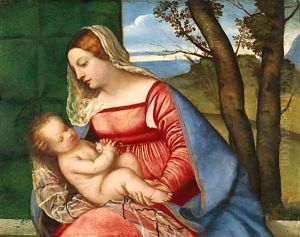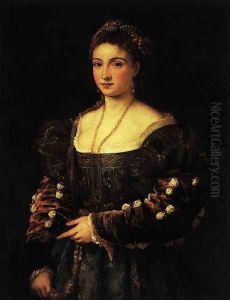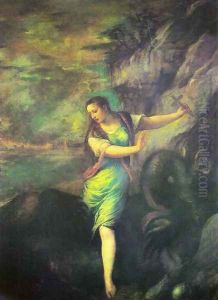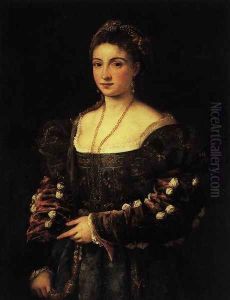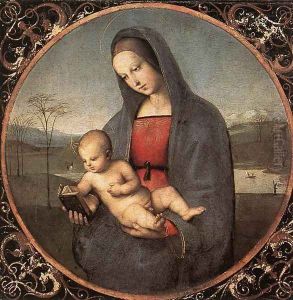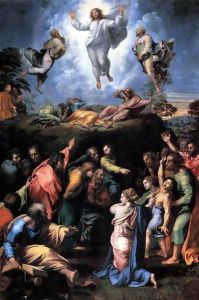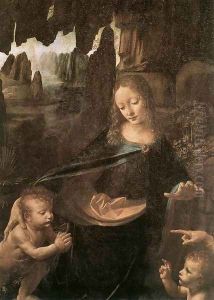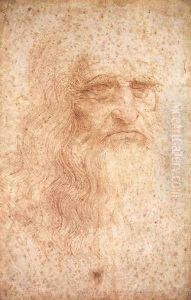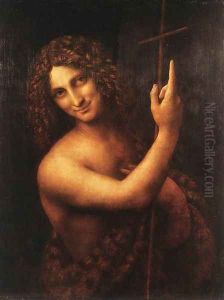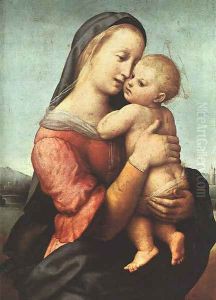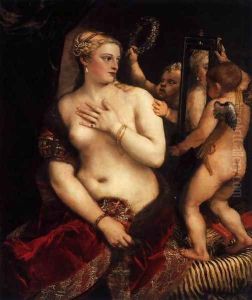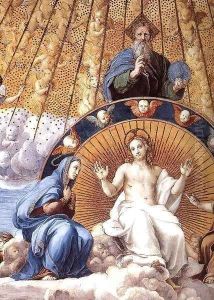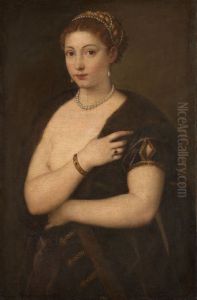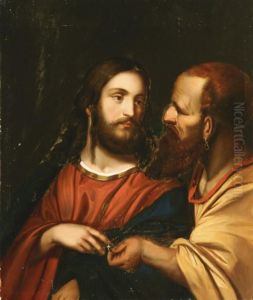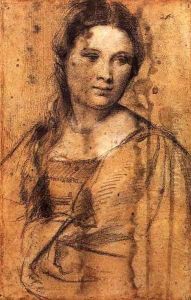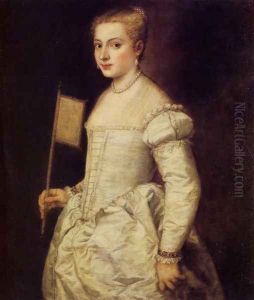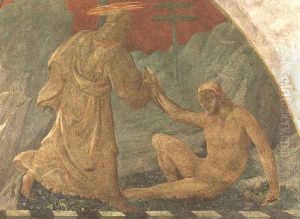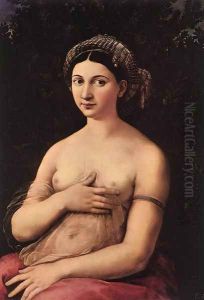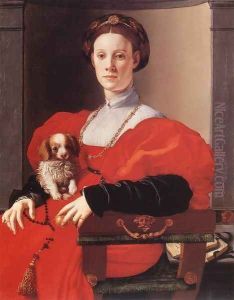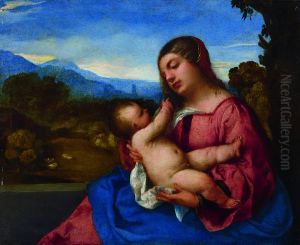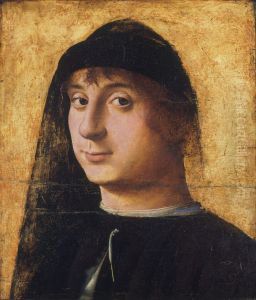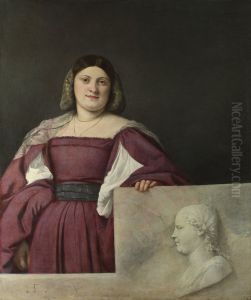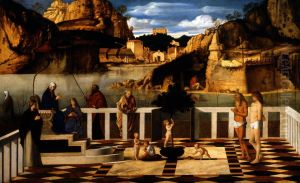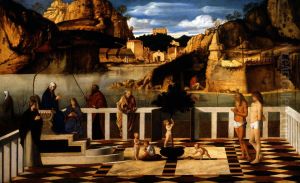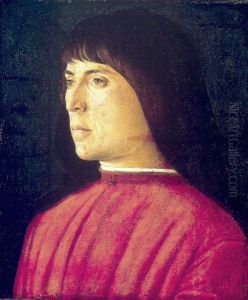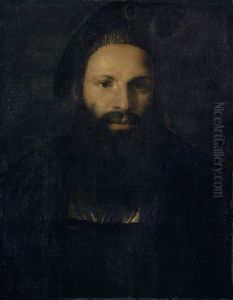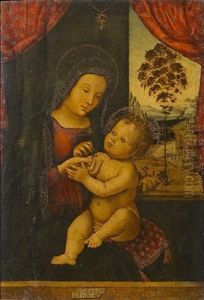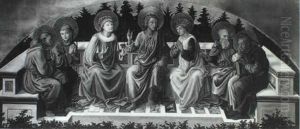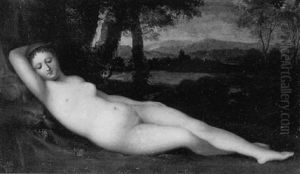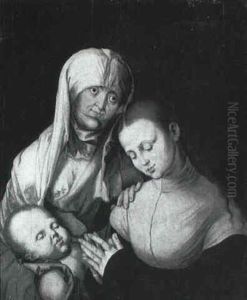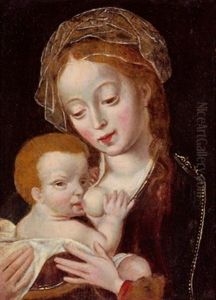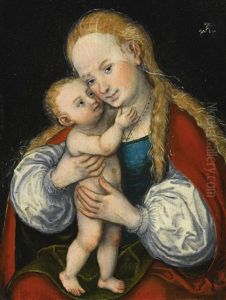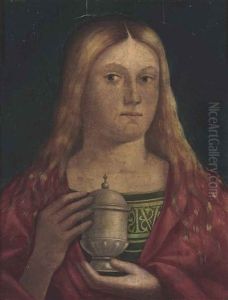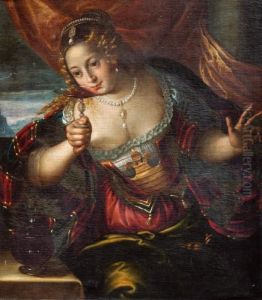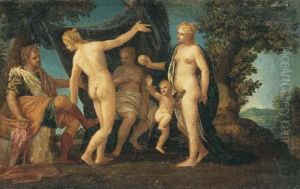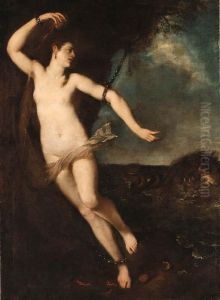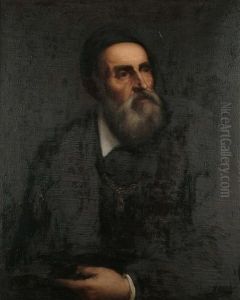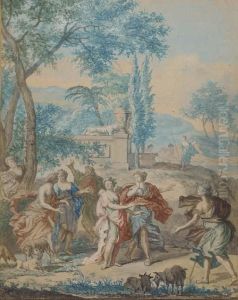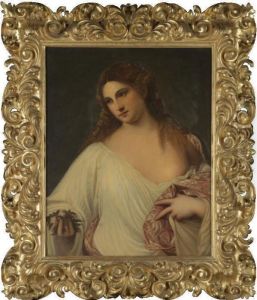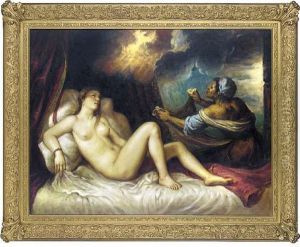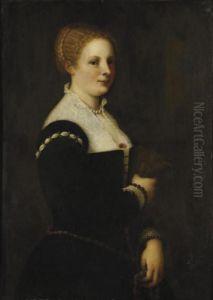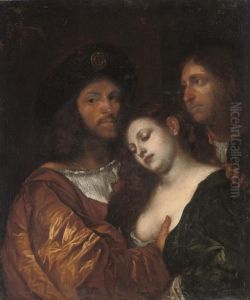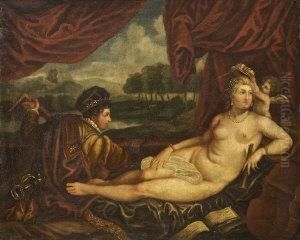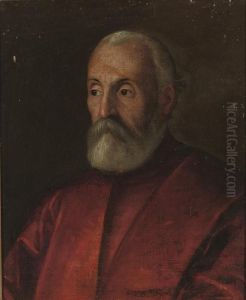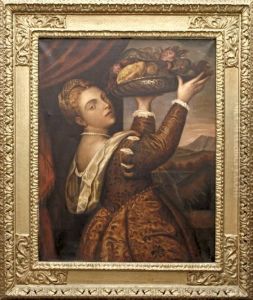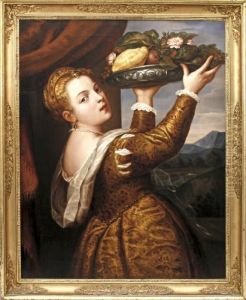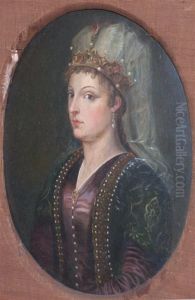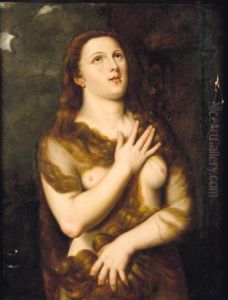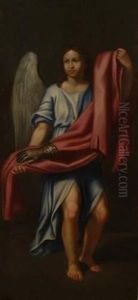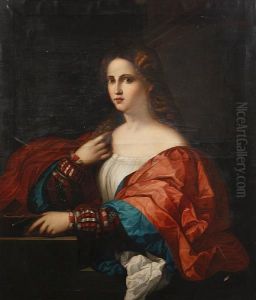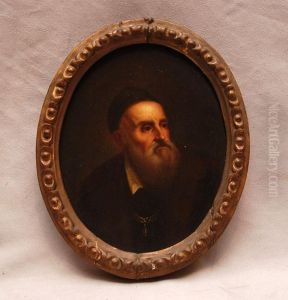Influence Of Humanism Paintings
The ProfoundInfluence of Humanismon Classic Oil Paintings
The Renaissance marked a pivotal shift in human thought, moving from a purely theological focus to one that celebrated human potential and achievement. This intellectual and cultural movement, known as Humanism, profoundly reshaped the artistic landscape, leading to an unprecedented era of creativity and innovation in painting. The Influence of Humanism can be seen as the very bedrock upon which many of the world's most cherished classic oil paintings were built, fundamentally altering how artists perceived and depicted the world around them.
At its core, Renaissance Humanism emphasized the dignity and value of the individual, encouraging a renewed interest in classical antiquity, empirical observation, and rational inquiry. In art, this translated into a dramatic embrace of realism and naturalism. Artists like Leonardo da Vinci, Michelangelo, and Raphael meticulously studied human anatomy, employing linear perspective to create astonishing depth and three-dimensionality on flat canvases. Figures in paintings became more lifelike, imbued with psychological depth and emotional nuance, moving beyond symbolic representations to embody the full spectrum of human experience. From Botticelli's mythological narratives celebrating classical ideals to Titian's vibrant portraits capturing individual personalities, the focus undeniably shifted to the human form and condition.
This pervasive Influence of Humanism also broadened the subject matter available to artists. While religious themes remained important, they were often reinterpreted with a more human-centric perspective. Alongside biblical scenes, mythological tales, historical events, and secular portraiture gained immense popularity, reflecting the era's intellectual curiosity and burgeoning individualism. Patrons, including wealthy merchants and powerful families, commissioned works that showcased their status, intellect, and personal stories, further cementing the human figure at the center of artistic endeavor. The artist, once seen primarily as a craftsman, began to emerge as an intellectual and a visionary, reflecting the elevated status of human creativity itself.
Exploring art from this period offers a profound insight into a transformative era where the human spirit was rediscovered and celebrated. The masterpieces born from this intellectual awakening continue to resonate, offering timeless beauty and a window into the values that shaped Western civilization. Delving into this collection allows one to appreciate the intricate details, the masterful techniques, and the powerful narratives that define these works, all of which are enduring testaments to the profound impact of human-centered thought on the visual arts.
